Biologische Bloembollen – Natural Bulbs
€ 5,50 - € 9,50Prijsklasse: € 5,50 tot € 9,50
Organic flower bulbs specifically for bees, bumblebees, and other insects. Planting season: October through December (with a growing season until mid-January).
- Good for bees, bumblebees and other insects
- Grown in the Netherlands without pesticides
- Plastic-free packaging
- More bags = more discount (applied automatically)
- Also available as a promotional gift
Click here for organic tulip bulbs !
30 dagen retourgarantie • Plasticvrij Verpakt • Webwinkel Keur
Organic flower bulbs come in all shapes and sizes, each with its own unique scent, color, and appeal. They bring the first colorful life to a dormant winter garden early in spring, with some varieties lasting until late autumn.
Spring bloomers are real eye-catchers that enhance your garden and are beneficial for the insects around us. As we become increasingly aware of environmentally responsible choices aimed at leaving nature as untouched as possible, this awareness is also growing among many flower bulb growers. That’s why more and more flower bulb growers are marketing organic flower bulbs.
What are organic flower bulbs?
Organic flower bulbs are free of pesticides, meaning they are purely natural. Why would you grow flowers and want to kill beneficial pollinators? It’s now clear that pesticides often do more harm than good. And then there’s the fact that flower bulb fields cover vast areas of hectares where insects no longer live and birds will find no food…
This is in comparison to organic flower bulbs, where life in and around the nursery is disrupted as little as possible. The insects live peacefully among the many rows of colorful flowers and even help out in their cultivation. Besides the many beneficial insects attracted to the fields of flowers, several birds also enjoy feeding on the insects. This helps maintain the populations in the region.
Join us in putting 100% natural flower bulbs back into the ground
Planting bulbs is the most enjoyable part of all; from choosing which flower bulbs to planting them. Then it’s time to let nature take its course until the first buds emerge. Then you can enjoy the blossoming of your organic flower bulbs every day. There’s no better way to experience nature, and with Natural Bulbs, that experience becomes extra natural and therefore extra beautiful! Especially when you know that bees will also be happy with more bulb flowers in your garden, on your balcony, or in your front garden.
- Organic flower bulbs
- Good for bees, bumblebees and other insects
- Packaging made from recycled paper
Allium – Purple Sensation
This is the deep purple variety. This purple ornamental onion is perfect for attracting butterflies and bees. It blooms late in spring, around late May to mid-June. 100% organically grown.
– 5 bulbs per bag
Allium Sphaerocephalon:
A naturalizing ornamental onion that also attracts bees and butterflies. Also called a drumstick. Organically grown.
– 12 bulbs per pack
Camassia Leichtlinii Caerulea –
Known as the Indian lily because it was once used as food by the Native Americans of North America. They bloom on 60 cm long stems and form long clusters of numerous light blue, star-shaped flowers. Blooms May-June. Organically grown.
– 3 large bulbs per bag
Muscari armeniacum:
A robust bulbous plant with a radiant blue color. These flowers, which bloom in mid-spring, look excellent among tulips or daffodils. They also show off their decorative qualities beautifully in pots or as underplanting. Organically grown.
– 10 bulbs per bag
Ornithogalum Balansae
Stinzenplant. The broad-leaved Star-of-Bethlehem, Ornithogalum balansae, is a vigorous bulb plant that returns annually. It attracts bees in March. The white flowers are a beautiful accent in a garden that emerges colorless from winter. Organically grown.
– 15 pcs. per bag
Puschkinia libanotica,
a stinzenplant. Naturalizes easily and attracts bees to your garden. 100% organically grown.
– 10 per bag
Crocus Ruby giant.
The common crocus (Crocus tommasinianus) is the first to bloom, often as early as January and February. The small, slender, deep purple flowers are excellent for naturalizing. The plant self-seeds prolifically and dies back quickly after flowering, making it ideal for planting in a lawn. A stinzenplant. Invite bees to your garden early with this earliest-flowering, organically grown variety.
– 15 per bag
Muscari armeniacum:
A robust bulbous plant with a radiant blue color. These flowers, which bloom in mid-spring, look excellent among tulips or daffodils. They also show off their decorative qualities beautifully in pots or as underplanting. Organically grown.
– 10 bulbs per bag
Scilla Siberica,
a stinzenplant. Azure-violet flowers with a dark midrib bloom in March-April. They are excellent for naturalizing and are often found in lawns. 100% organically grown.
– 15 bulbs per bag
Leucojum Gravetye giant,
Stinzenplant. Summer snowflake, or Leucojum aestivum Gravetye Giant, blooms earlier in May, despite its nickname. A strong bulb, found in the wild in reed beds, thrives there alongside such vigorous growers as reed. It therefore prefers moist soil. 5 to 6 flowers per stem, hanging bell-shaped and smelling of chocolate…! Organically grown.
– 5 per bag
Crocus vernus mix
. Crocus vernus is the large-flowered variety. When snow falls, the flower waits for a moment. As if they’ve arranged their turns, yellow comes first, then purple, white, and striped. Plant this cheerful bee mix to provide bees and bumblebees with nectar very early in the spring. Organically grown.
– 20 bulbs per bag
Allium Jeannine:
These yellow ornamental onions bloom on medium-length stems in late spring. Thanks to the organic grower, you can responsibly attract butterflies and bees to your spring garden. Suitable for naturalizing. 100% organic.
– 10 bulbs per bag
How many bulbs per m2 do I need?
Here are the rules for SPRING BLOOMERS:
- General rule of thumb: 20 flower bulbs per m2
- Small bulbs: 50 to 200 flower bulbs per m2
- Large bulbs: 15 to 25 flower bulbs per m2 (or as an accent between perennials – 5 bulbs per m2)
- Plant naturalising flower bulbs a little wider so that they have room to expand
After flowering
- You can leave naturalizing species until the leaves have wilted. Then you can cut them back or simply leave them. Some naturalizing species benefit from being moved to another part of your garden after 2-3 years (tall Alliums, daffodils).
- You can leave (small) tulips growing wild. Remove the flowers after flowering. Be careful not to accidentally hoe or dig them away. It’s best to avoid seed formation, as they won’t bloom for the first seven years. Spontaneous seeding produces grassy foliage, which you’ll likely accidentally hoe away. Therefore, remove the spent flowers.
- Regular (tall) tulips should definitely be dug up after the leaves have wilted. You can store the bulbs as needed (airy and dry) until autumn to plant them in a fresh spot where no tulips have grown. If you do leave them, there’s a good chance a specific tulip fungus will infect your soil and ruin new tulip blooms.
About Natural Bulbs
Natural Bulbs launched several years ago and offers a unique range of sustainable and organic flower bulbs. We’ve since succeeded in offering almost exclusively 100% organic products. At Ecomondo, you’ll find Natural Bulbs in plastic-free packaging. The organic flower bulbs are shipped directly to us fresh from the nursery, guaranteeing you the best flower bulbs in the right season.
Organic Flower Bulbs as a sustainable and plastic-free promotional gift?
Ecomondo also provides bags of organically certified flower bulbs for your company or organization. We can design the bag with your logo, text, and standard information about the flower bulbs. Want to know more and see which flower bulbs we have in stock? Send us an email at zakelijk@ecomondo.nl . Sustainable flower bulbs as promotional gifts are available from September to December. Ecomondo is SKAL certified .
Enkel ingelogde klanten die dit product gekocht hebben, kunnen een beoordeling schrijven.
- Je bestelling wordt compact en plasticvrij ingepakt
- Gratis duurzaam verzonden vanaf € 50,- (België en Duitsland vanaf € 100,-)
- Kies uit verzenden met PostNL of DHL
- Ruilen of retourneren binnen 30 dagen
- Levering op factuur mogeljk voor bedrijven en organisaties
- Ophalen in onze winkel / afhaalpunt in Rotterdam mogelijk; we zien je graag!







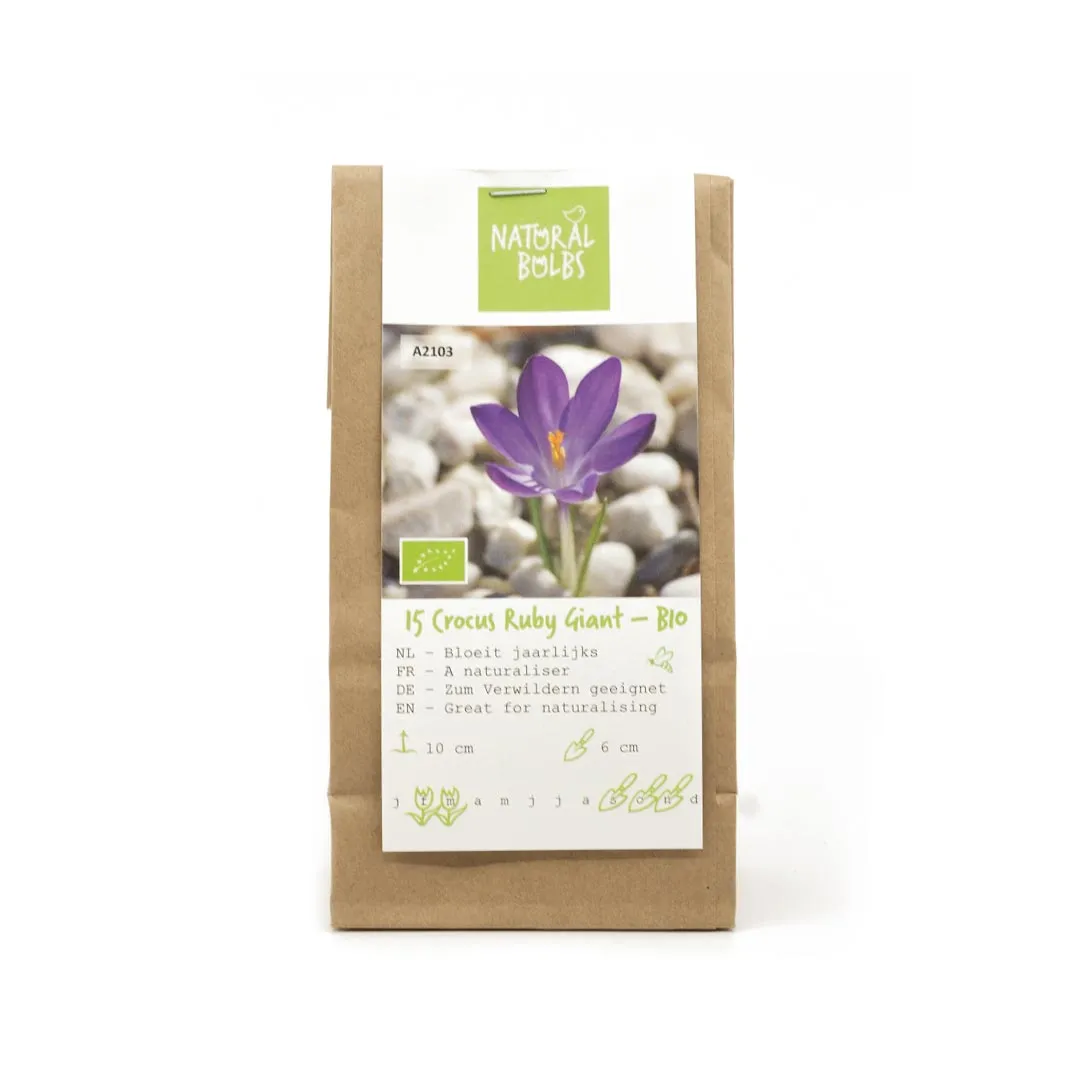



























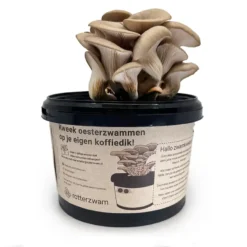
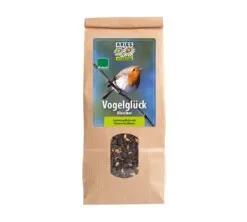
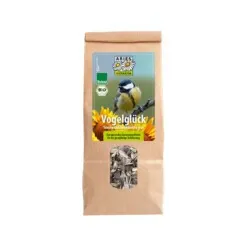


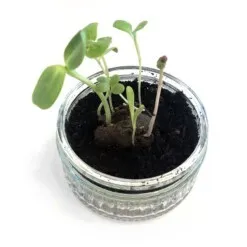
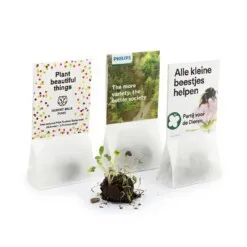
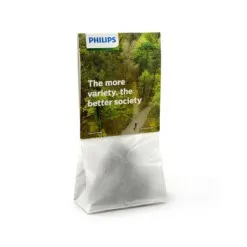



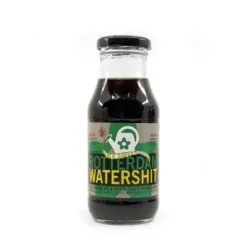


Beoordelingen
Er zijn nog geen beoordelingen.